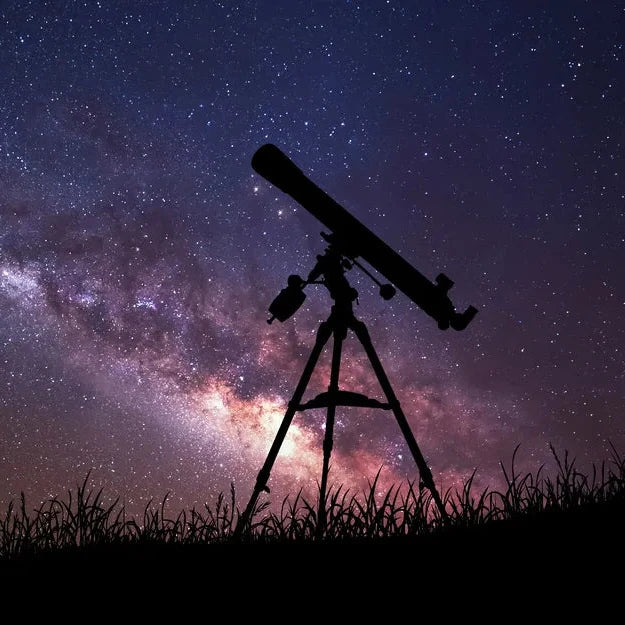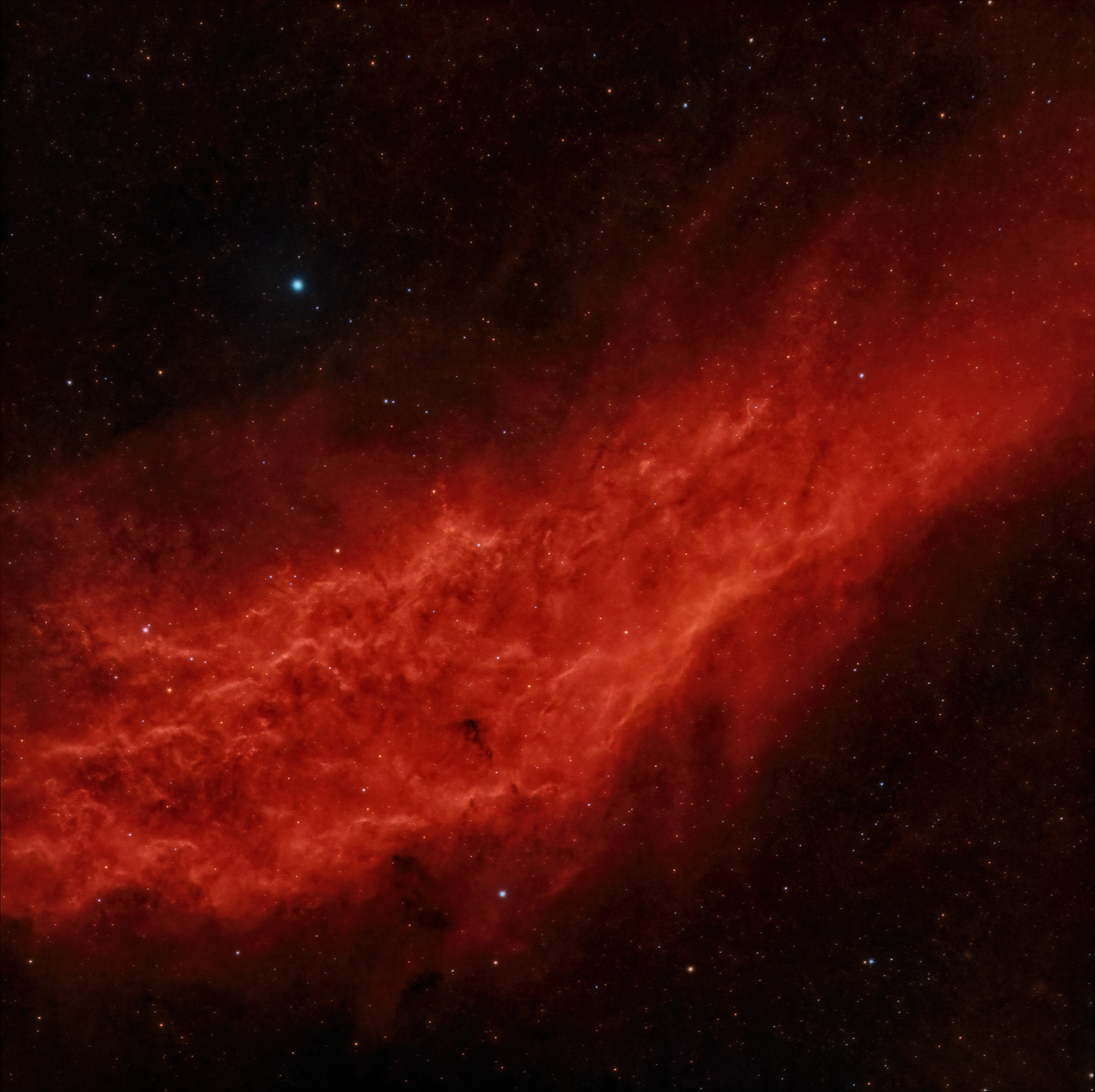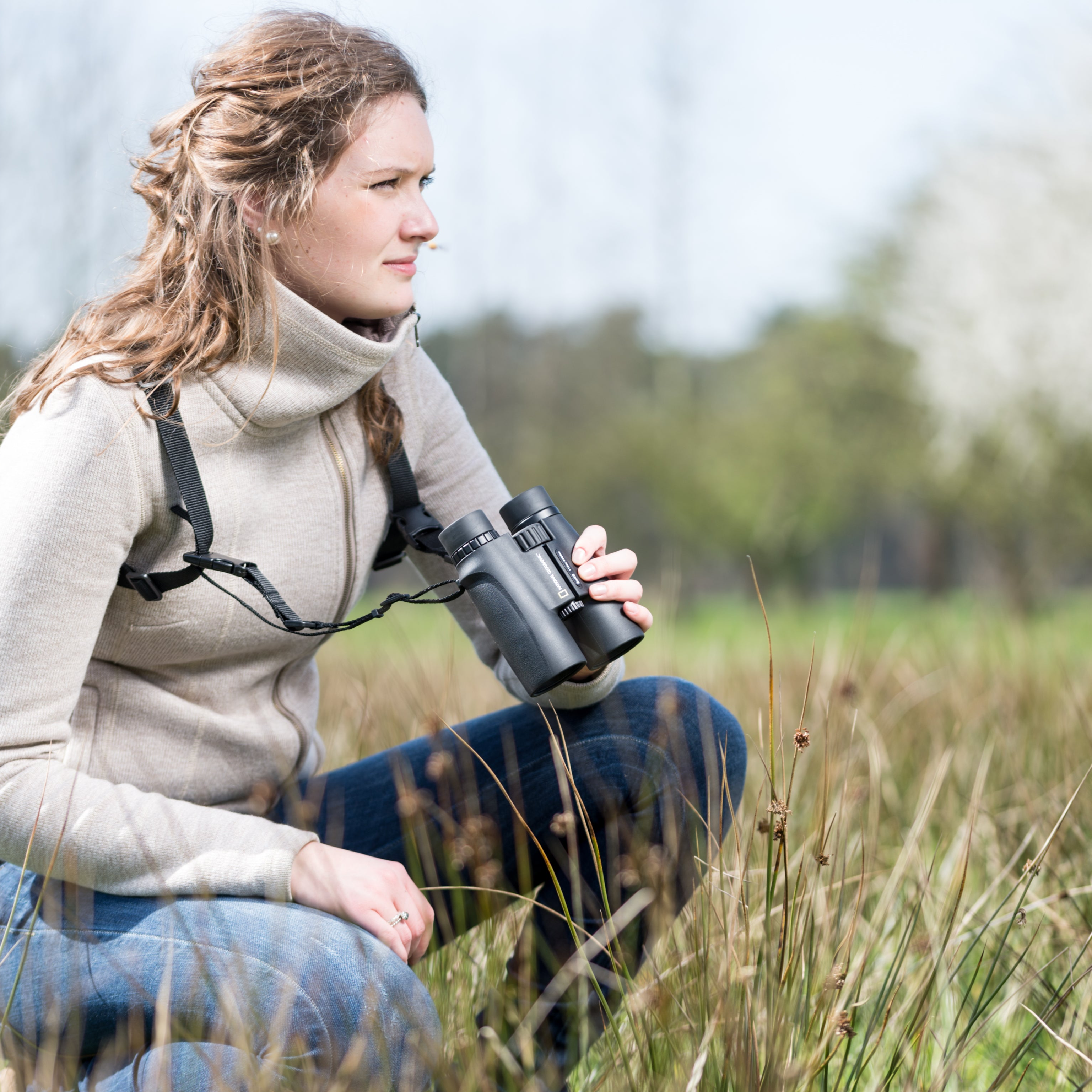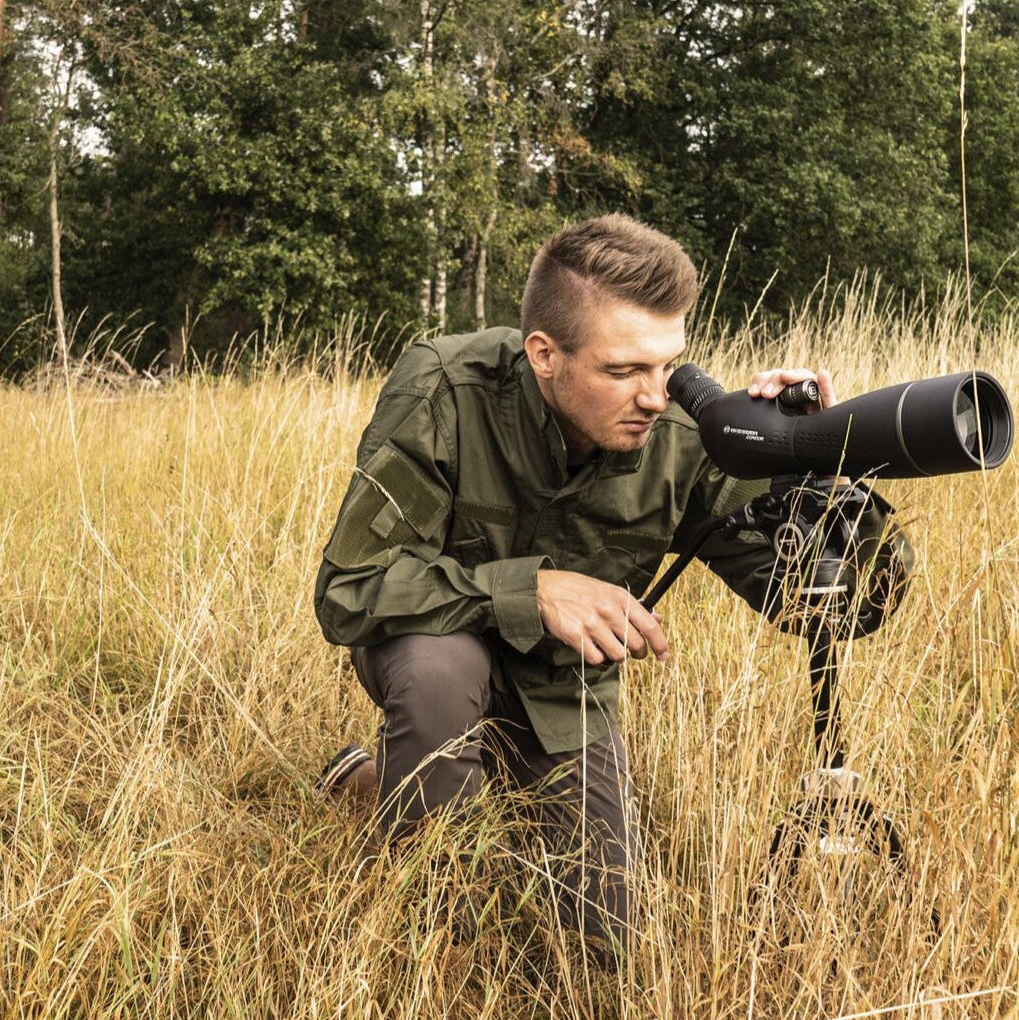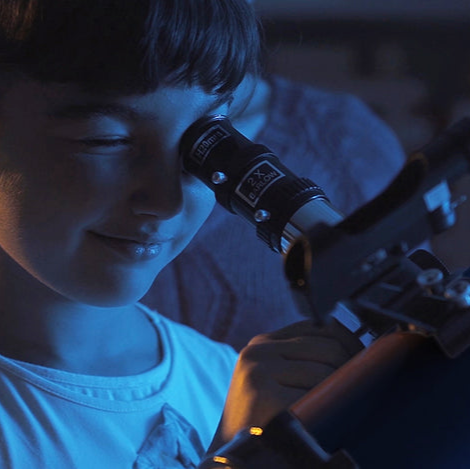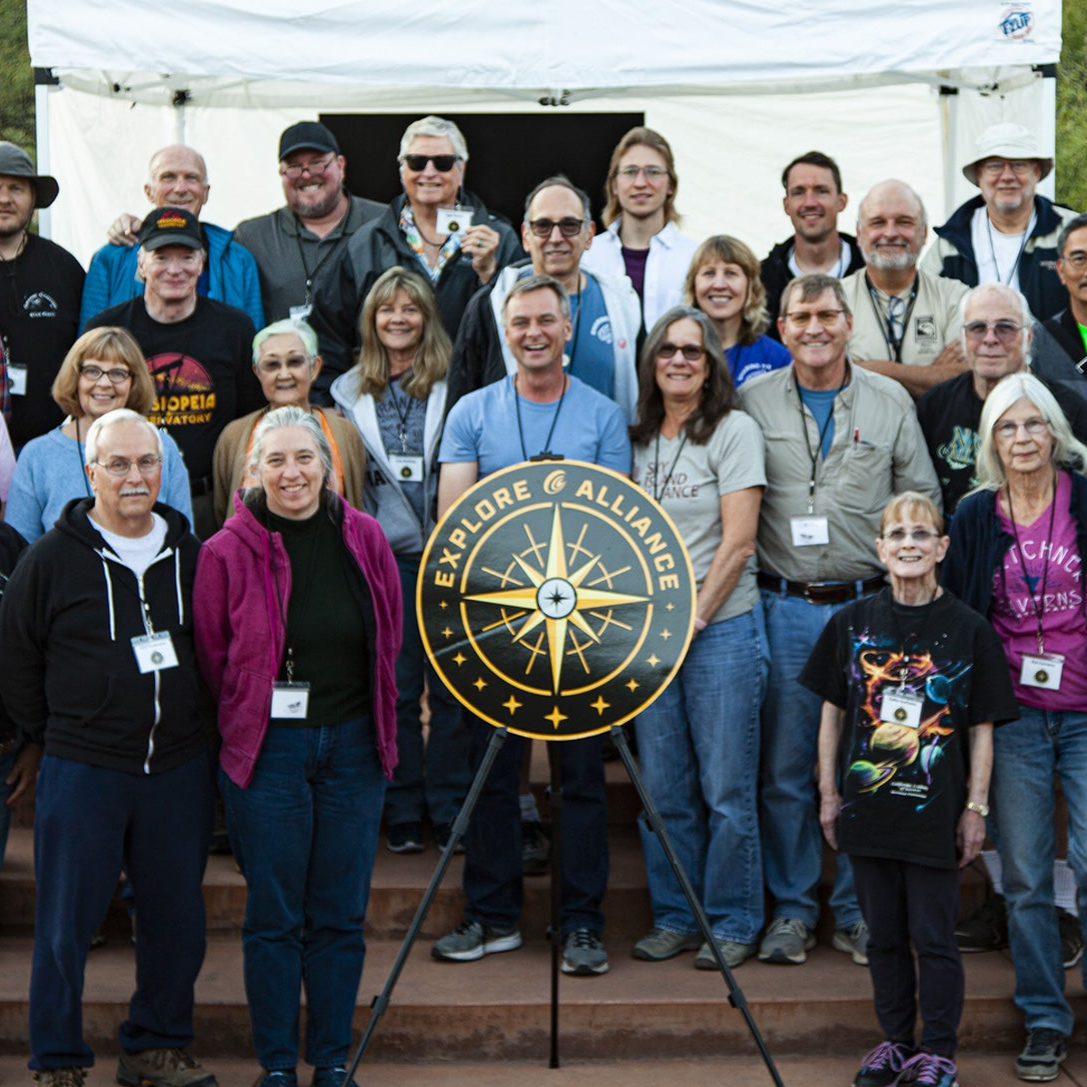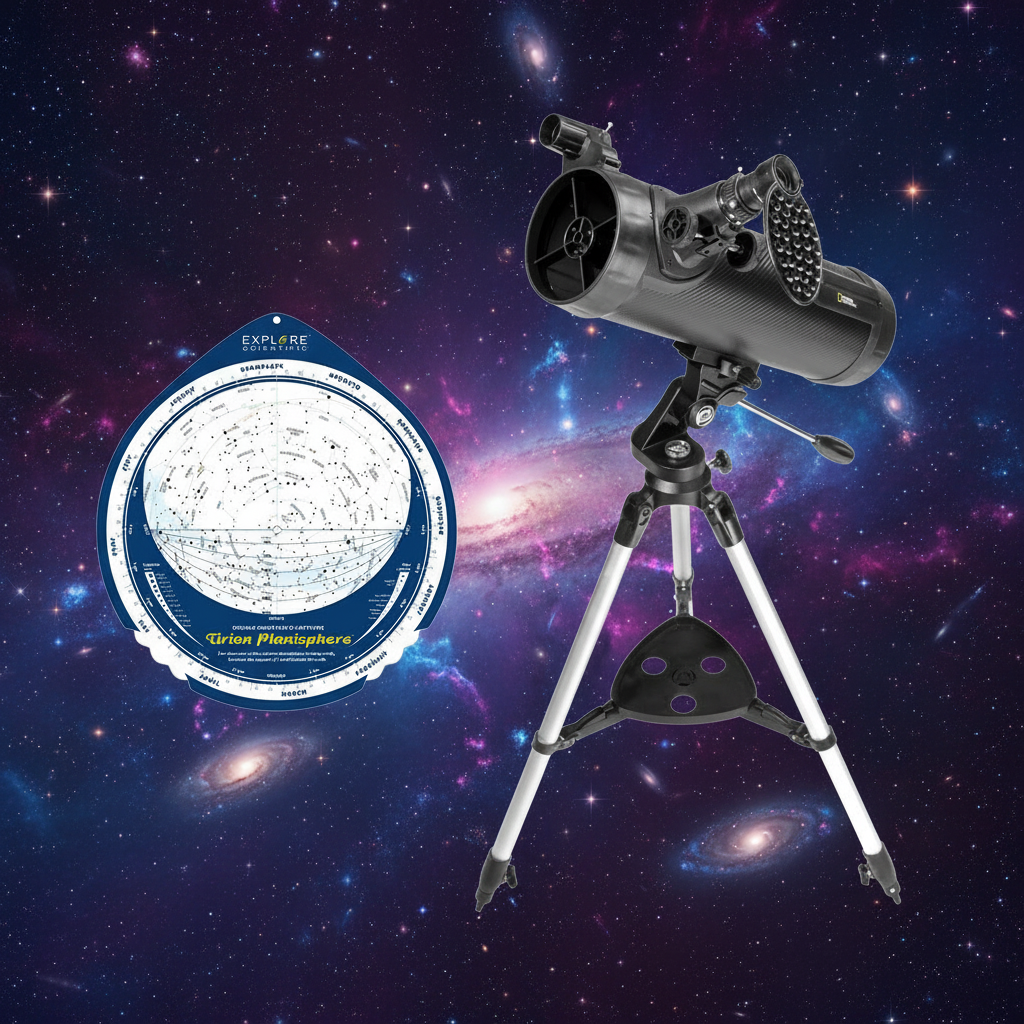Polar Alignment How To
by Kent Marts of Explore Scientific
Transcript: hey everybody kent martz here from
explorer scientific today i'm going to
teach you how to polar line your
telescope using a broom
[Music]
why do you need to polar line well with
a telescope that has an equatorial mount
you have to get that equatorial axis
lined up with the rotation of the earth
and to do that we're going to start with
the tripod we're going to decide which
one of these legs is going to point
north and we're going to set the tripod
down
so that leg is pointed north
first thing i'm going to do is use a
level to make sure my tripod is level so
if it's tipped one side of the other
that's going to cause your polar
alignment to not be accurate so we're
going to use a level for that purpose
then we're going to take a compass and
just to make sure that i've got it
pointed north i'm going to use the
compass line up and go yep that looks
like it's pointed north so here's what
i'm going to do now
and this is where the broom comes in the
broom becomes a measurement device if
you will so i'm going to put the broom
on the ground with the tip of it
right against
the north leg of the tripod
i'm going to back away
and i'm going to use the compass i'm
going to close one eye
and i'm going to use the compass to make
sure
that the broom is lined up with north
right and so i can tell i'm off just a
little bit
so i'm going to move the tripod just a
little bit and i'm going to turn
the broom
and the broom is what i'm seeing that
line with to line up
so closing one eye
now my broom is lined up
perfectly to magnetic north
right here is we're going to talk about
something called magnetic declination
the magnetic north is not true north the
difference between true north and
magnetic north can be off by as much as
15 or 16 degrees if you live on the east
coast or west coast united states around
the world it varies and you have to
figure out what that is for where you
live because if you point at magnetic
north you're not going to be pointing at
true north you could be off by 15
degrees your go-to will never be
accurate so for this system to work you
have to know what that offset is and be
able to program that into your compass
we're going to provide a link to a
website and a video that talks about
that a whole lot more
now we're going to make sure that the
tripod is not
angled wrong i'm going to use a small
tape measure and we're simply going to
come down here
and be careful not to move the broom and
i'm going to measure the distance from
the tripod leg to the center of the
broom that is
470 centimeters
that way
it is
400
and
70 a little
i'm going to call that good actually i'm
going to move the tripod
a couple of millimeters just like that
so now we know that we're lined up
through north with that leg and these
two legs
are the
equal distance from right here so it's
not pushed that way or that way so now
that we have the tripod with a good
alignment to north we have to put the
head on the mount and that's going to
entail this
we're going to be very careful when we
do this
because we don't want to move the tripod
we're going to put it on and simply
screw on
the polar head
just like this
remembering everything's going to the
north
now if you're in the southern hemisphere
you're going to do the same thing you
can do the same exact same in the
southern hemisphere
because it's not polar it's polar
alignment we just don't use the star
polaris which we're not using here this
is really good if you can't see polaris
or if it's daytime and you want to do
some solo solar viewing with a solar
safe filter
so the last step of this process is
to check the scale of your altitude
right so we live at 36 degrees north and
i am going to
turn
the altitude
until it gets to 36 degrees north
i'm going to stop
and that's it with this system using
a broom
a compass and a tape measure you can
achieve a good
decent starting polar alignment
personally i've used this i've got an
amazingly close polar alignment there's
ways you can use to refine your polar
alignment specifically drift alignment
but it all starts with a good
polar alignment you can do this in the
daytime you can do this in the night
time if you can't see polaris it works
all the time it's a good way to get
started learning the process of polar
alignment isn't that great i hope you've
enjoyed this video for explore
scientific i'm kent martz
get out there and start doing astronomy
and keep looking up
[Music]
you

